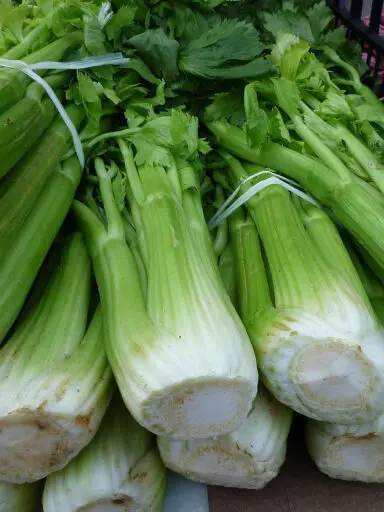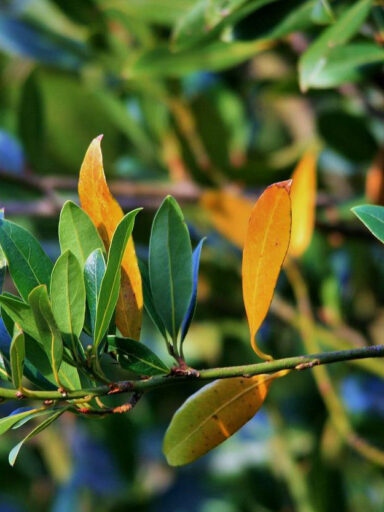The Tangerine is a sweet citrus fruit of the mandarin variety closely related to the common Orange. The tangerine can be differentiated from the orange by its consistent bright orange color, and rough and bumpy skin that is loosely attached to the edible segments.
The fruit is also generally smaller and less rounded than the orange with segments that loosely cling to each other. They are also less sour than other mandarins.
In Europe, they are also known as mandarin oranges. The fruit is thought to come from Tangier, Morocco where it gets its name from. Other varieties of the Tangerine include Clementines, Tangelos, and Tangors which are basically hybrids of Oranges and tangerines.
It is also widely related to other citrus fruits like lemon, lime, and grapefruit.
The fruit is grown all over the world with popular growers being in Florida and California. They can be found in the market all year round depending on the region. Fruit should bright and vibrant in color. The skin should be glossy and should not exhibit bruises or mold and any sort of fungi.
The fruit should feel heavy in hand for its size and should be soft but generally firm when pressed. Meaning it should be soft but not feel hollow.
The Tangerine should be stored in a zip lock bag in a refrigerator which they will keep for just over a week. They may also be stored at room temperature for no more than a few days.
Preparation of Tangerine for Food
The fruit should be washed in cold running water to remove any dirt, wax or pesticide, and fungicide residue. The skin can then be peeled by hand. Separate the segments and remove any strands and the pith in the center.
The fruit can then be eaten as is. The seeds are usually not eaten as they are bitter although if ingested they are harmless.
The juice can also be squeezed out and drank on its own or as part of a cocktail drink. It can also be used in concentrate, marinade, sauce, and syrup dishes.
It can be used to add flavor to salad and dessert dishes. The zest can also be used to impart flavor to pastry and baked goods such as biscuits, muffins, ice cream, cakes, and other desserts.
Nutritional Information About the Tangerine
The Tangerine contains just 53 calories per 100 grams and they contain no cholesterol and almost zero fat. They are rich in antioxidants, vitamins, and minerals.
They are a good source of vitamin C and vitamin A. They are also a good source of Folates, Thiamin, and Pyridoxine. They also provide beta-carotene and Potassium as well as Copper to the diet.




